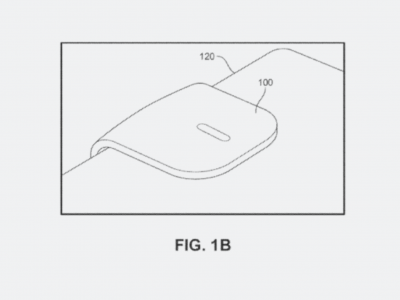Gesture, eye-tracking and proximity sensor tech represents the next generation of machine design, creating opportunities across a range of industries, according to ABI Research.
ABI states that “a broader and more competitive ecosystem spurred by smartphone and tablet sensor integration” is set to “create massive opportunities in automotive, consumer electronics and healthcare”, which it forecasts to be closing in on US$5 billion this year.
In particular, in the healthcare field ABI sees “untapped opportunity for eye-tracking and gesture applications in patient care”, from eye-trackers helping detect concussions to gesture sensors translating sign language into speech.
“The same way that touchscreens eclipsed the PC mouse, gesture and eye-tracking sensors will transform the way people interact with machines, systems and their environment,” Jeff Orr, ABI research director, commented.
“Healthcare professionals are relying on these sensors to move away from subjective patient observations and toward more quantifiable and measurable prognoses, revolutionising patient care.”
ABI notes that companies involved in sensor innovation include: Hillcrest Labs, NXP and Synaptics, with Atheer, Bluemint Labs, eyeSight, Google, Intel, Leap Motion, Microsoft, Nod Labs, RightEye and Tobii Group (photo above) also having all recently announced creative gesture, proximity and eye-tracking solutions.
“Healthcare is only one industry poised to benefit from reinventing the user interface,” Orr noted.
“The larger competitive ecosystem for perceptual sensors is forging opportunities in consumer appliances, autonomous driving, musical instruments, gaming, retail and even hazardous locations.”




















